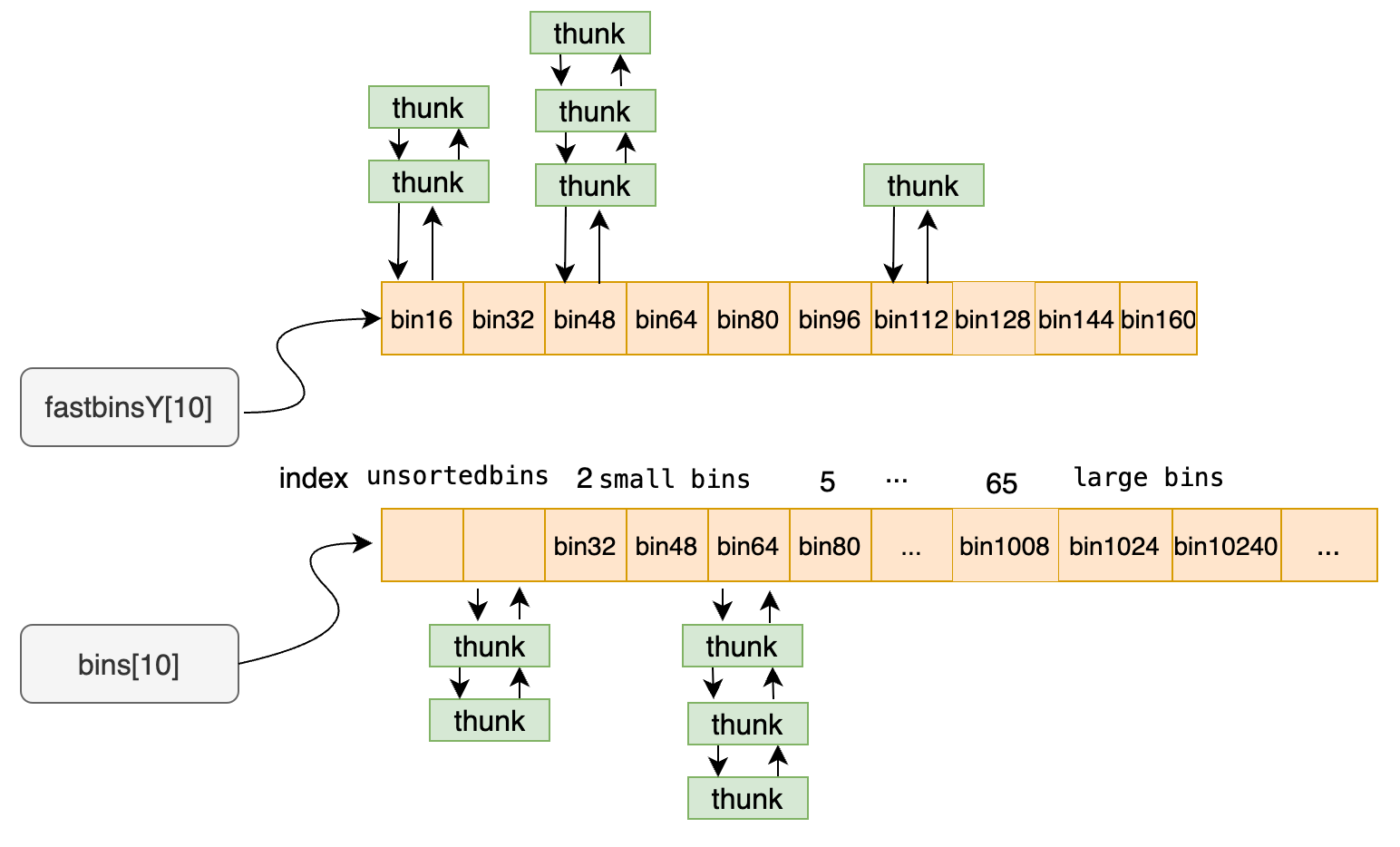一、GTP2Block 整体结构
1.1 block准备
import torch
from torch import nn
from transformers import GPT2Model, GPT2Config
from transformers.models.gpt2.modeling_gpt2 import GPT2Blockcfg = GPT2Config()
print(cfg.add_cross_attention)
blk = GPT2Block(cfg, layer_idx=0)
hidden_states = torch.randn(10, 1024, 768)
1.2 block架构
经典的preNorm TFDecoder架构
GPT2Block((ln_1): LayerNorm((768,), eps=1e-05, elementwise_affine=True)(attn): GPT2Attention((c_attn): Conv1D()(c_proj): Conv1D()(attn_dropout): Dropout(p=0.1, inplace=False)(resid_dropout): Dropout(p=0.1, inplace=False))(ln_2): LayerNorm((768,), eps=1e-05, elementwise_affine=True)(mlp): GPT2MLP((c_fc): Conv1D()(c_proj): Conv1D()(act): NewGELUActivation()(dropout): Dropout(p=0.1, inplace=False))
)
1.3 forward-preNorm
y = attn(ln_1(x)) + x
O = mlp(ln_2(y)) + y


二、GPT2Attention
- hidden 拆分成 q k v:
query, key, value = gpt2_att.c_attn(hidden_states).split(split_size, dim=2) - q k v 拆分成多头
query = gpt2_att._split_heads(query, gpt2_att.num_heads, gpt2_att.head_dim)
key = gpt2_att._split_heads(key, gpt2_att.num_heads, gpt2_att.head_dim)
value = gpt2_att._split_heads(value, gpt2_att.num_heads, gpt2_att.head_dim)
print(f'{query.shape=}') # [batch, n_head, len, head_emb]
- 计算attention
- A ^ = Q K T K d i m \hat{A}=\frac{QK^T}{\sqrt{K_{dim}}} A^=KdimQKT 代码中用的是 V d i m \sqrt{V_{dim}} Vdim
- casual attention: 对原始attn进行mask
- 计算mask后的attention: A = s o f t m a x ( A ^ , d i m = − 1 ) A=softmax(\hat{A}, dim=-1) A=softmax(A^,dim=−1)
- O = A V O=AV O=AV
# 3- attention
# 3.1 A = QK^T
attn_weights = torch.matmul(query, key.transpose(-1, -2)) / torch.full([], value.size(-1) ** 0.5)
# 3.2 mask
max_positions = 1024
causal_mask = torch.tril(torch.ones((max_positions, max_positions), dtype=torch.bool)
).view(1, 1, max_positions, max_positions)
mask_value = torch.finfo(attn_weights.dtype).min
mask_value = torch.full([], mask_value, dtype=attn_weights.dtype).to(attn_weights.device)
# where mask
attn_weights = torch.where(causal_mask, attn_weights.to(attn_weights.dtype), mask_value)
# 3.3 A = softmax(A)
attn_weights = nn.functional.softmax(attn_weights, dim=-1) # [batch, n_head, len, len]
# 3.4 O = AV
attn_output = torch.matmul(attn_weights, value) # [batch, n_head, len, head_emb]
# 4- q k v -> merge head -> attn_out # [batch, len, head_emb*n_head]
attn_output = gpt2_att._merge_heads(attn_output, gpt2_att.num_heads, gpt2_att.head_dim)
- 多头合并
[batch, n_head, len, head_emb] =>> [batch, len, head_emb*n_head]attn_output = gpt2_att._merge_heads(attn_output, gpt2_att.num_heads, gpt2_att.head_dim)

三、GPT2MLP
结构比较简单 O = d r o p O u t ( σ ( X W 1 ) W 2 ) O=dropOut(\sigma (XW_1)W_2) O=dropOut(σ(XW1)W2),主要是激活函数 NewGELU
GPT2MLP((c_fc): Conv1D()(c_proj): Conv1D()(act): NewGELUActivation()(dropout): Dropout(p=0.1, inplace=False)
)class NewGELUActivation(nn.Module):"""Implementation of the GELU activation function currently in Google BERT repo (identical to OpenAI GPT). Also seethe Gaussian Error Linear Units paper: https://arxiv.org/abs/1606.08415"""def forward(self, input: Tensor) -> Tensor:return 0.5 * input * (1.0 + torch.tanh(math.sqrt(2.0 / math.pi) * (input + 0.044715 * torch.pow(input, 3.0))))

NewGELUActivation 它是高斯误差线性单元(Gaussian Error Linear Unit,简称 GELU)的一种变体。GELU 激活函数在近年来的深度学习模型中越来越受欢迎,尤其是在自然语言处理(NLP)领域,如 BERT 和 GPT 等模型中。
GELU 激活函数的数学定义是输入值 x 乘以标准正态分布的累积分布函数(CDF)在该点的值。具体来说,GELU 的表达式为:
G E L U ( x ) = x Φ ( x ) GELU(x)=x \Phi(x) GELU(x)=xΦ(x)
其中 Φ ( x ) \Phi(x) Φ(x) 是标准正态分布的 CDF,可以通过误差函数(error function,记为 erf)来计算:
Φ ( x ) = 1 2 ( 1 + e r f ( x 2 ) ) \Phi(x)=\frac{1}{2}(1+erf(\frac{x}{\sqrt 2})) Φ(x)=21(1+erf(2x))
GPT2中用了近似公式:
σ ( x ) = 0.5 x [ 1 + t a n h ( 2 π ( x + 0.044715 x 3 ) ) ] \sigma(x) = 0.5x [1+ tanh(\sqrt{\frac{2}{\pi}} (x + 0.044715 x^3))] σ(x)=0.5x[1+tanh(π2(x+0.044715x3))]
GELU 激活函数的优点包括:
- 平滑性:GELU 在整个实数域上都是平滑的,这有助于梯度的传播,减少了梯度消失或爆炸的问题。
- 非单调性:GELU 函数是非单调的,这意味着它能够捕捉数据中的更复杂模式。
- 改善性能:在某些任务中,使用 GELU 激活函数的模型性能优于使用传统的 ReLU 或其他激活函数的模型。



















